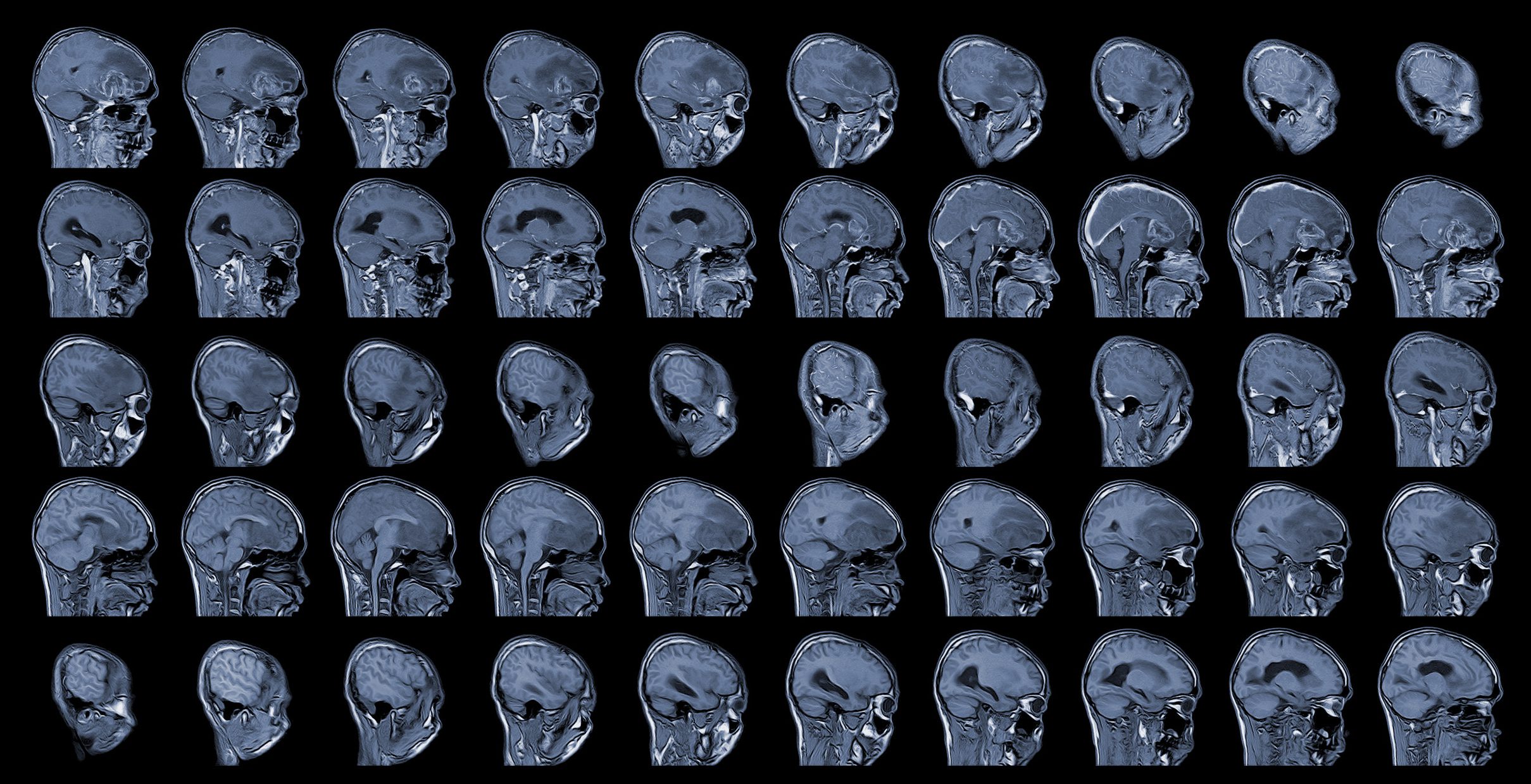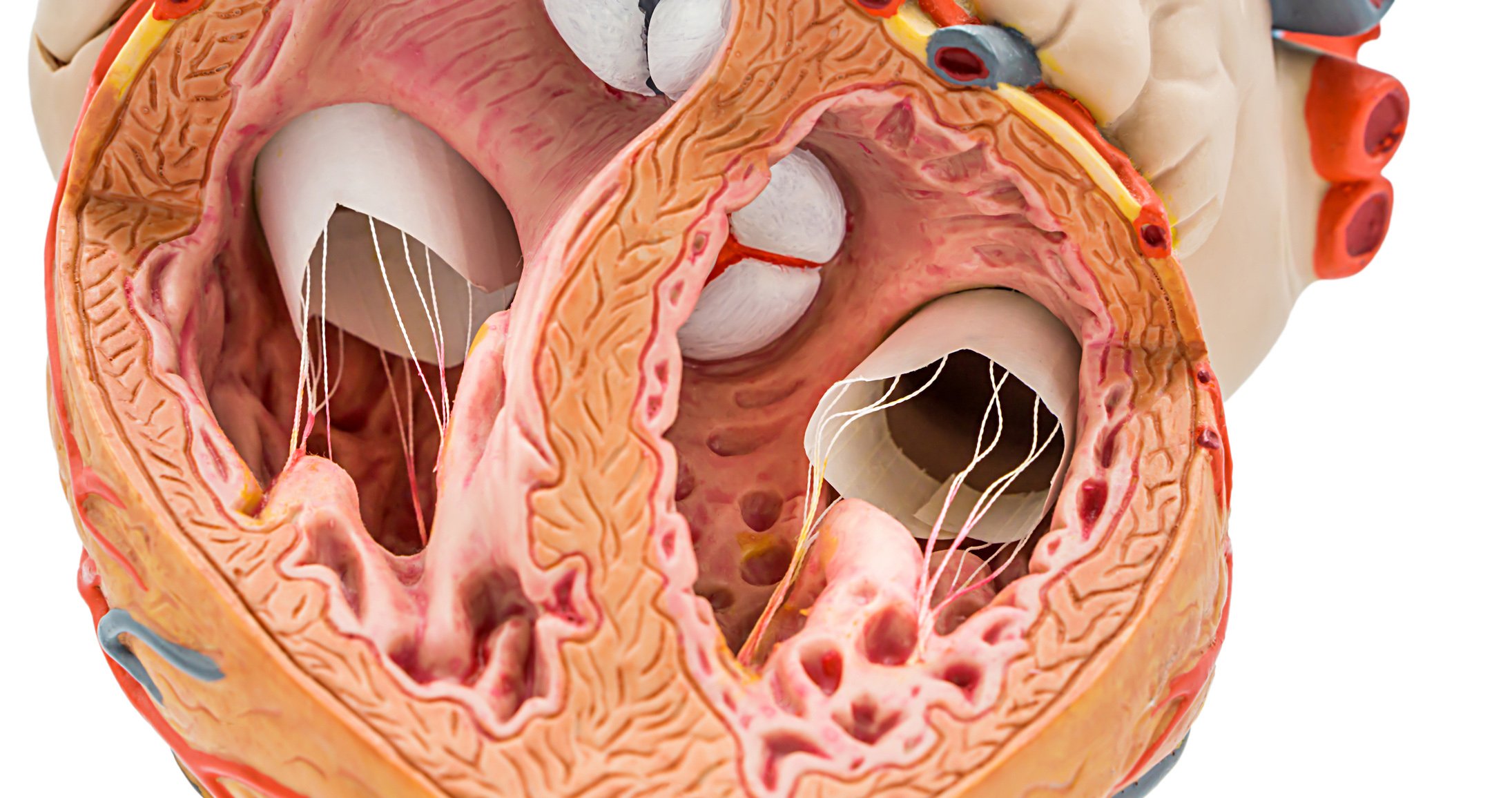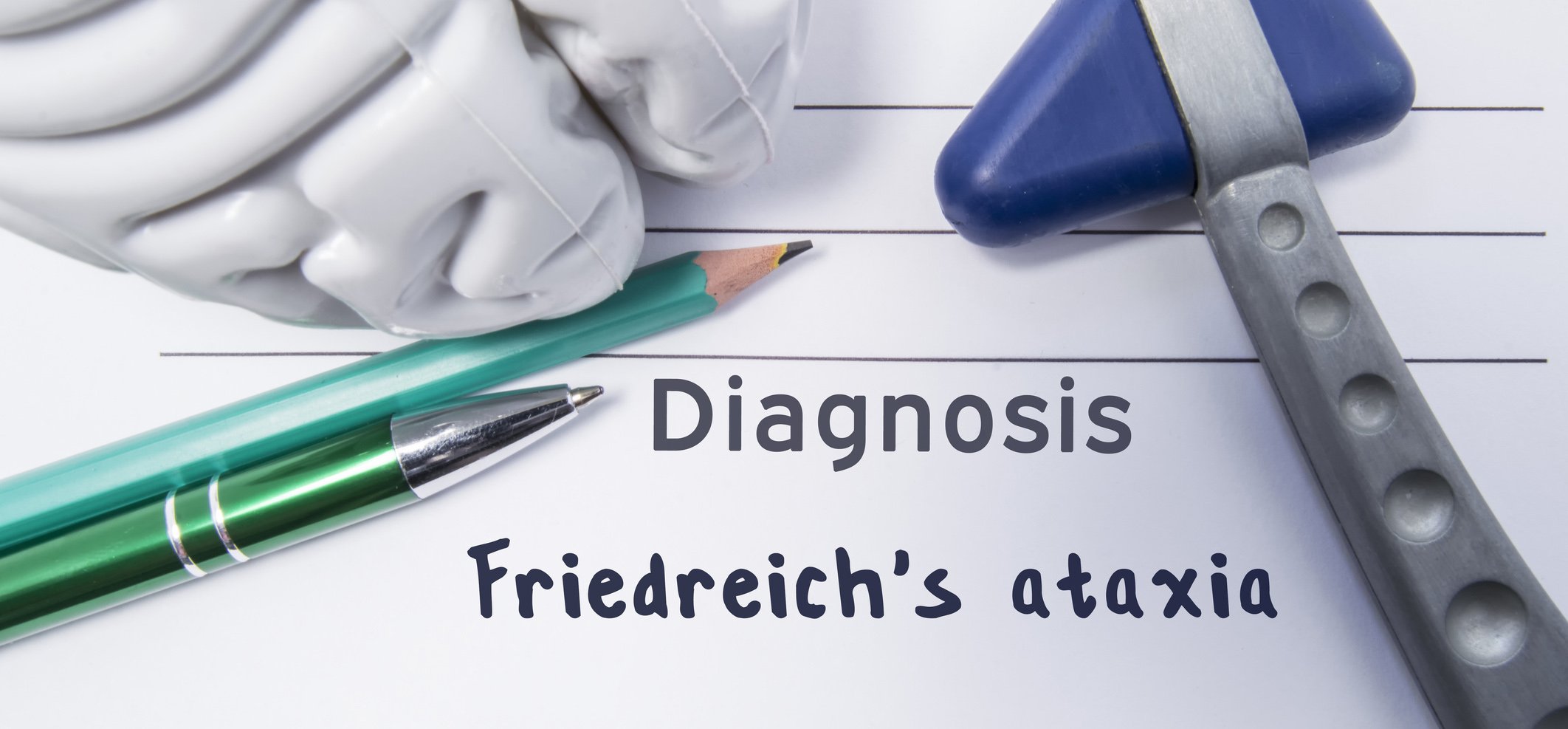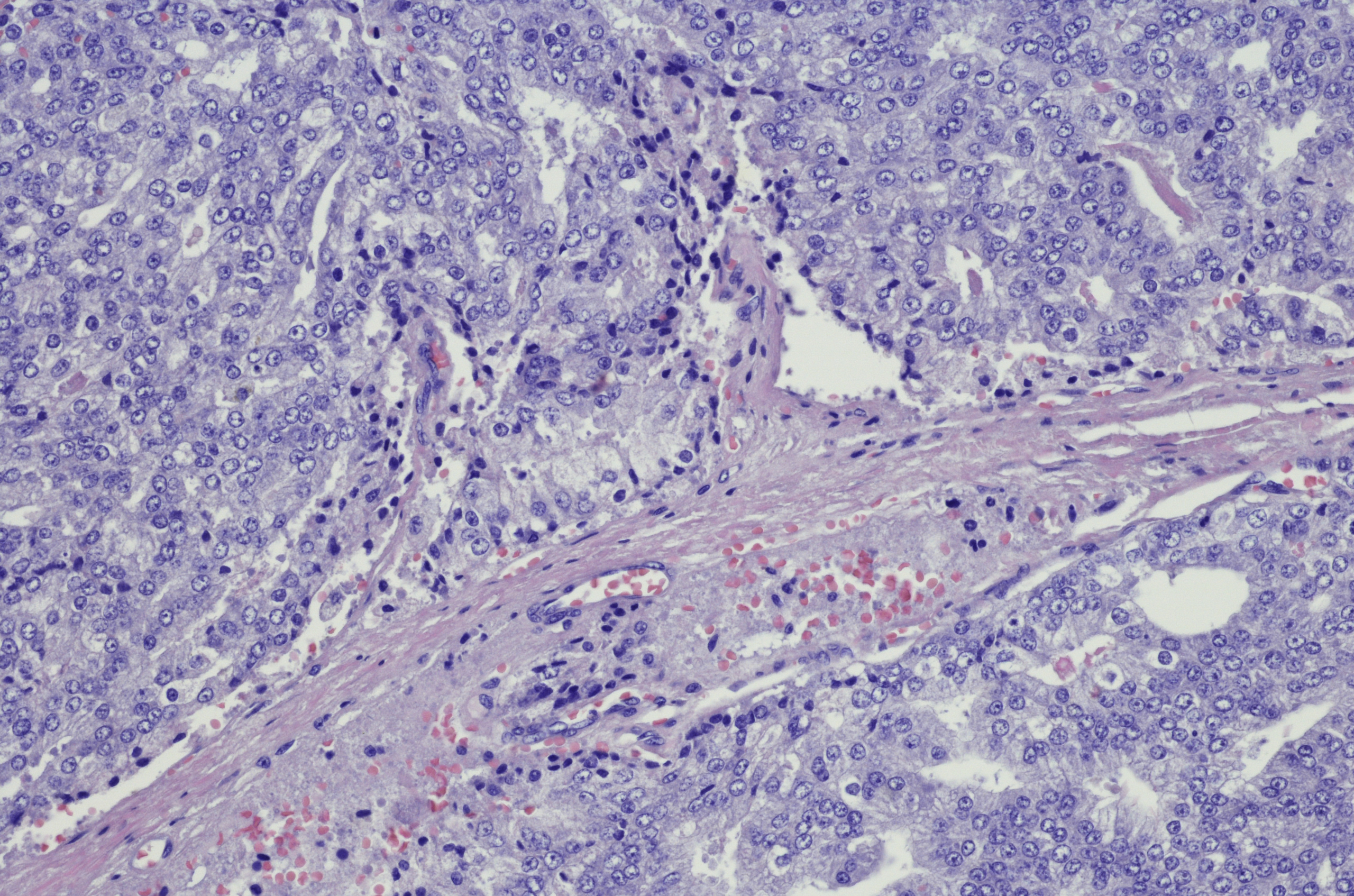Glioblastomas (GBM) are among the most aggressive and therapy-resistant tumors of the central nervous system and present both clinicians and researchers with immense challenges. Despite significant advances in diagnostics and an improvement in standard therapy, which usually consists of surgical resection, subsequent radiotherapy and the administration of temozolomide, the survival prospects are still unsatisfactory. This is mainly due to the pronounced resistance, the complex tumor heterogeneity and the immunomodulating properties of glioblastoma cells and their microenvironment.
You May Also Like
- Catheter ablation for atrial fibrillation 2025
Pulsed field versus radio frequency – where do we stand?
- Atopic dermatitis
From skin barrier disorder to atopic march?
- From the late residual valve to independent therapy
Tricuspid interventions 2025
- Brain health
News from the Swiss Brain Health Plan (SBHP) 2023-2033
- Friedreich's ataxia
Treatment options have improved
- Focus on prevention
Colorectal cancer screening – an update
- Late-Breaking Science
Antithrombotics & rhythm
- Prostate cancer












